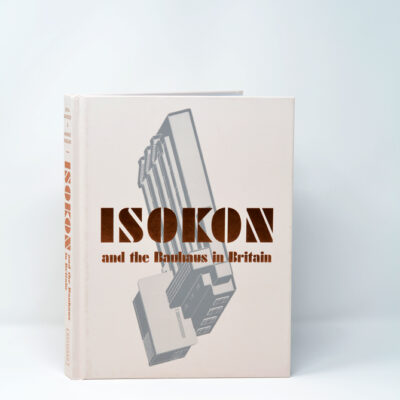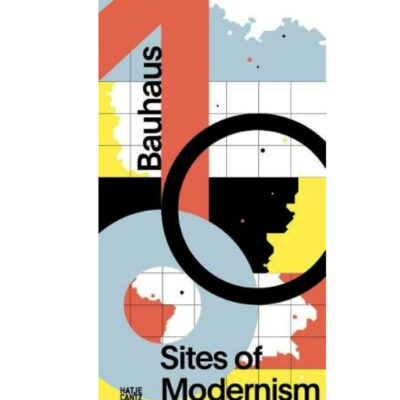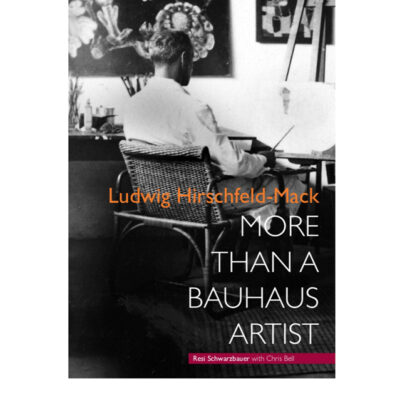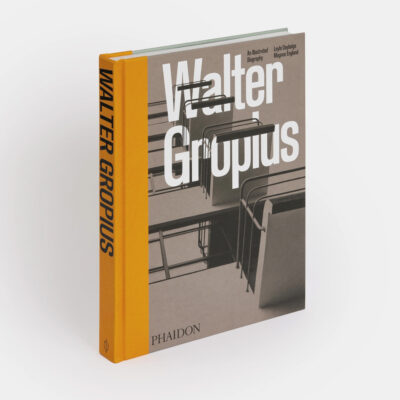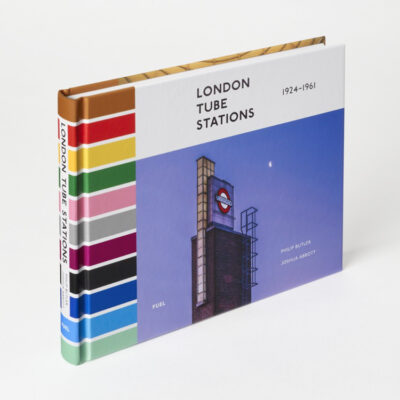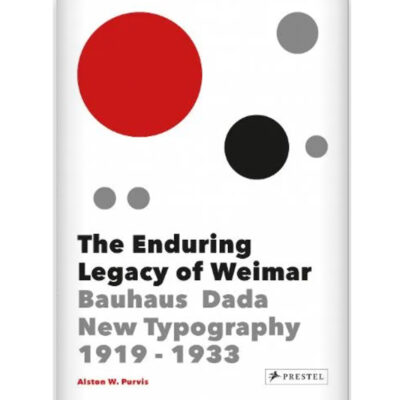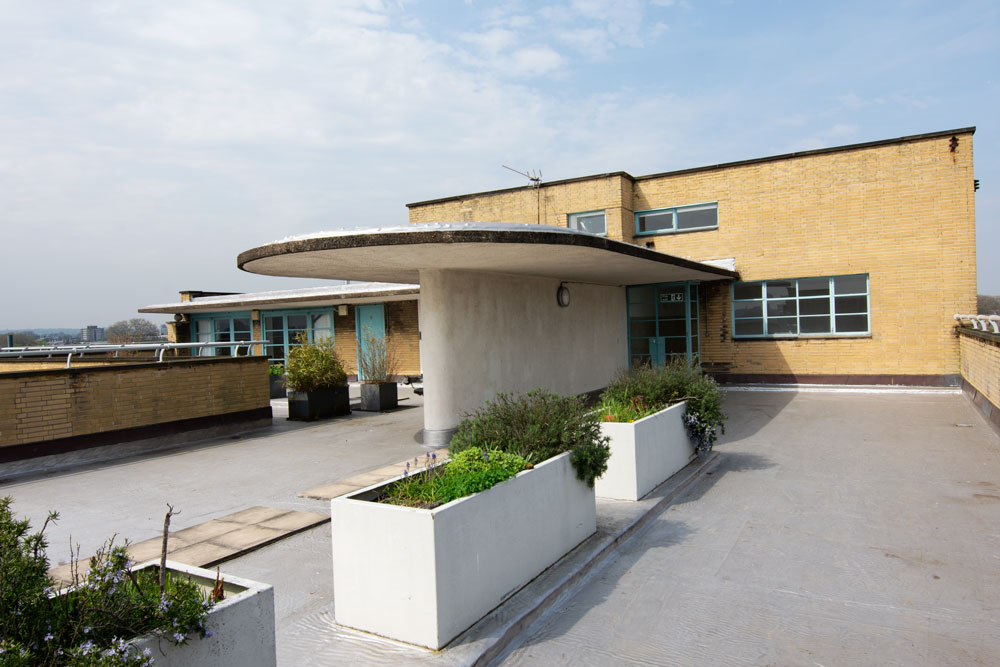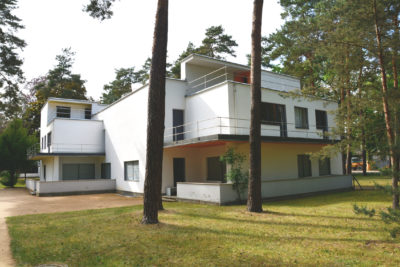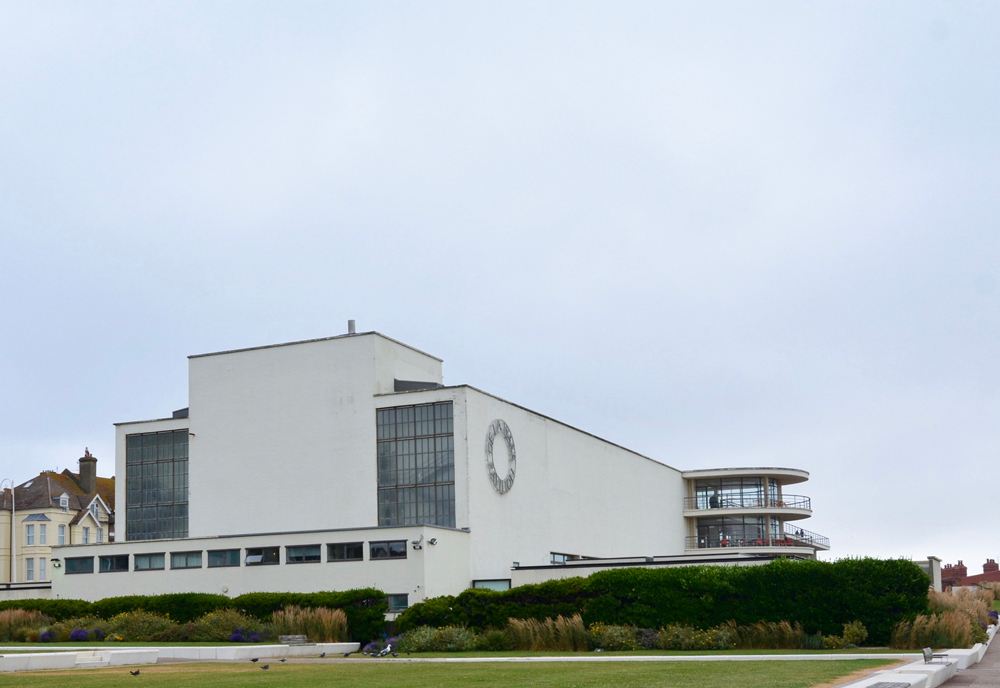Isokon and the Bauhaus in Britain
A British Modernist masterpiece; home to Agatha Christie, spies and centre of an intellectual circle
Fleeing Nazi Germany key figures in the Bauhaus, including Walter Gropius, settled, for a time, in north London in the new Modernist masterpiece, Lawn Road Flats, the Isokon building. Like the Isokon Company’s furniture, the design with its central kitchen and central services was far in advance for stolid, pre-war Britain.
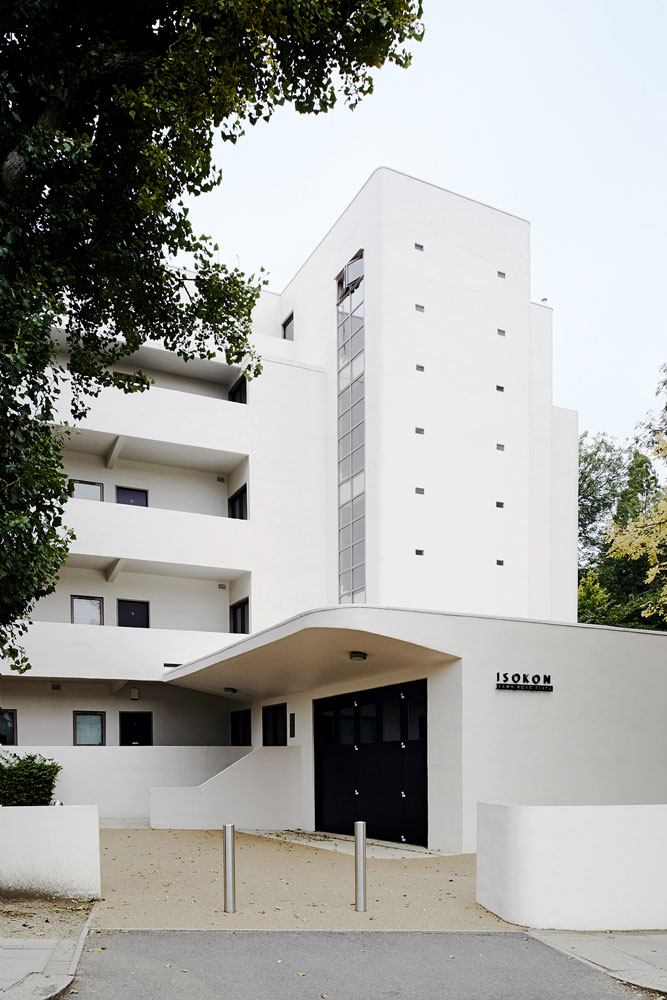
The Isokon, Lawn Road Flats, Image credit: Chris Baker
Not only a radical new model for urban living, the Isokon became the centre of an intellectual circle of designers, artists and biologists figuring out how to live in harmony with the modern and the natural world. The Isokon was also the home of Agatha Christie and the Soviet spy who recruited the traitor Kim Philby. The go-to mavens about the Isokon and authors of Isokon and the Bauhaus in Britain are Leyla Daybelge and Magnus Englund, who recents book Walter Gropius, An Illustrated Biography is the perfect companion piece.
Greyscape asked Leyla and Magnus some questions:
Tell us a bit about yourselves and how your collaboration came about.
Magnus is a co-founder of Skandium and its former MD, he lived in the Isokon penthouse for over five years and is the Director of the Isokon Gallery. Leyla is a journalist and broadcaster. She studied Twentieth Century Design and had worked for Sotheby’s auction house. We were introduced to each other by Adrian Pritchard, grandson of Isokon founders Jack and Molly.
What drew each of you to the Isokon?
Isokon is so much more than a building. Besides its Grade I listing as the first reinforced concrete block of flats in Britain, it also became the centre of a community of artists, politicians, spies, and architects who shaped Modern Britain.
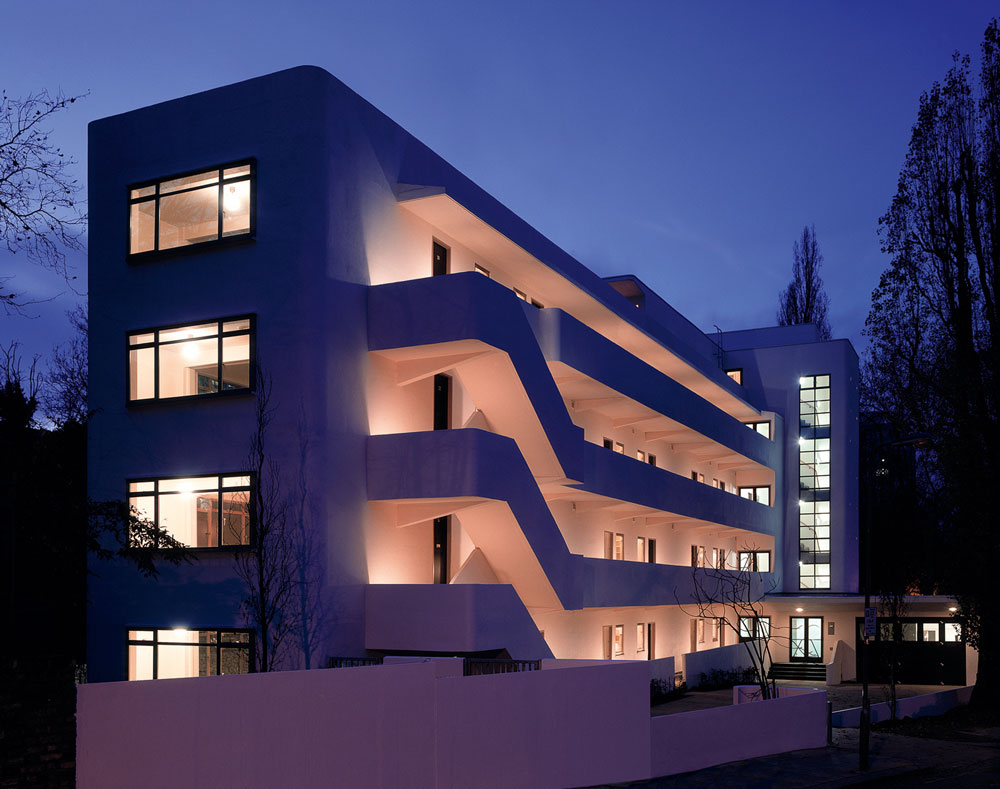
Restored under the new ownership of Notting Hill Housing Trust after the works of Avanti Architects. Image credit: Nick Kane, courtesy of Avanti Architects
Why did you decide to write the book?
Although the building had been well-documented photographically and appears in many surveys of 20thcentury design, the whole story of its rise, fall and resurrection had never been told. Bauhaus masters Walter Gropius, Marcel Breuer, Laszlo Moholy-Nagy lived in the building and worked for Jack Pritchard’s Isokon Furniture Company before moving to the US – a fact which has often been overlooked in design histories.
The story of the Isokon is wrapped up with the lives of key individuals, not just the designers and artists like Maholy-Nagy, Breuer and Gropius, but Jack Pritchard and Molly Pritchard, are you as fascinated with their stories as with those of the designers themselves?
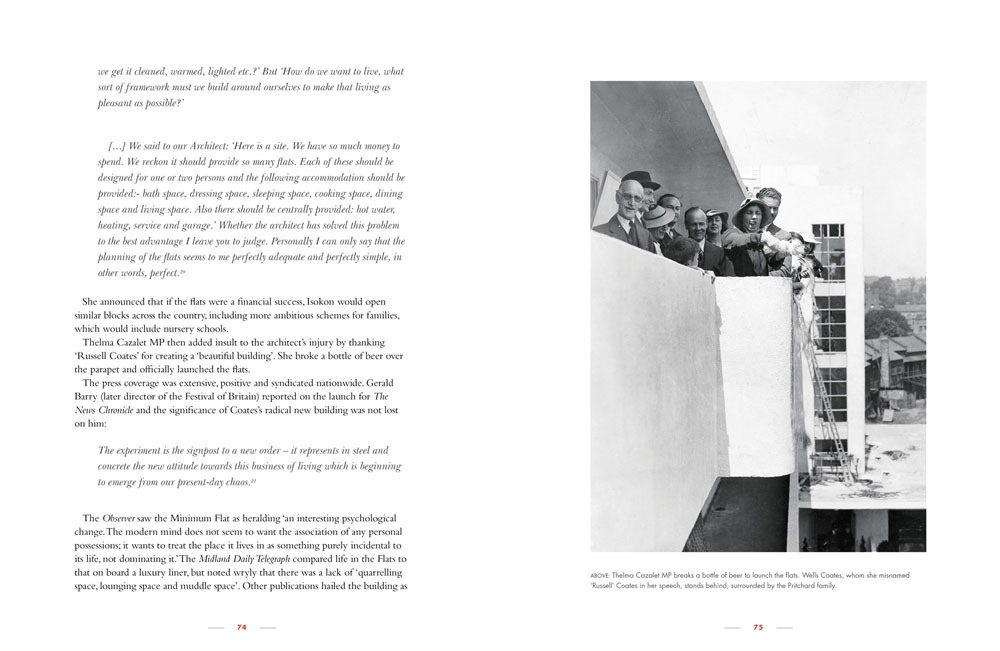
From Isokon and the Bauhaus in Britain photograph courtesy of Batsford Books, Leyla Daybelge and Magnus Englund
One of the things which excited us most about the project, were the human stories behind the building. Jack and Molly Pritchard were the ultimate Modern Couple and Molly’s important role as the person who wrote the building’s brief, had previously been overlooked. The number of important residents of the Isokon is phenomenal and so are those who came to be connected with the building, including: its architect, Wells Coates; journalist Philip Morton Shand who helped bring Gropius to Britain; the first celebrity chef, Philip Harben, who ran the Isobar; architects Le Corbusier, Charlotte Perriand, Alvar Aalto, and artists such as Henry Moore.
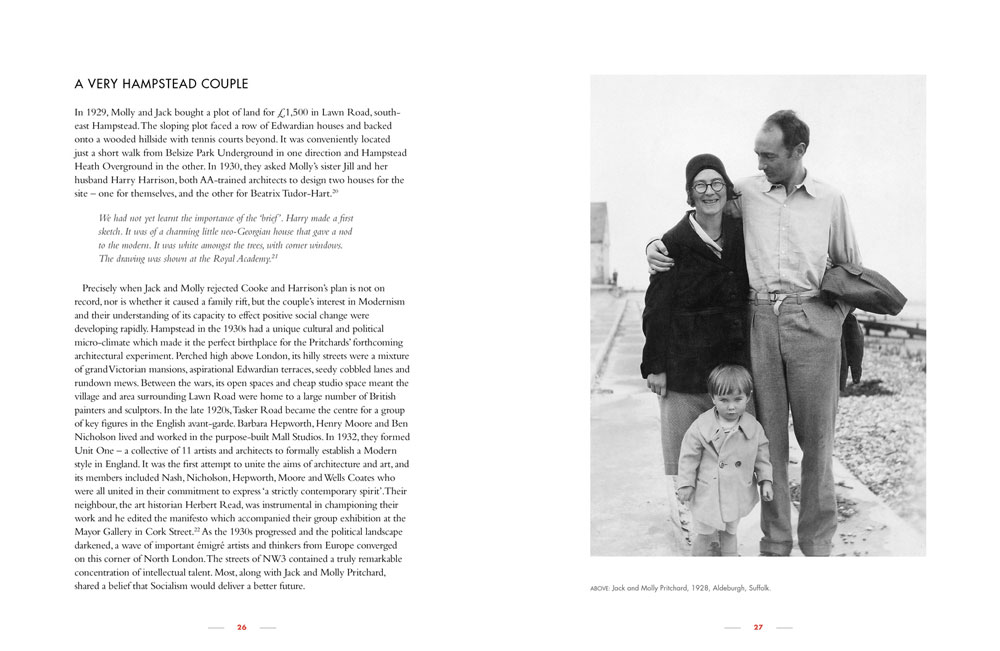
Jack and Molly Pritchard key to the Isokon furniture and the Lawn Road Flats and the Bauhaus in Britain
Do you think architecture and design would have developed differently in the UK if the Bauhaus designers and artists had remained here?
Sadly Britain wasn’t ready for the Bauhauslers in the 1930s. There were few commissions and the educational institutions and commercial forces largely ignored them, so it would have required a complete change of attitude from the British establishment. But they did work and mix with many of those people who pushed modern art and design in the decades after the war.
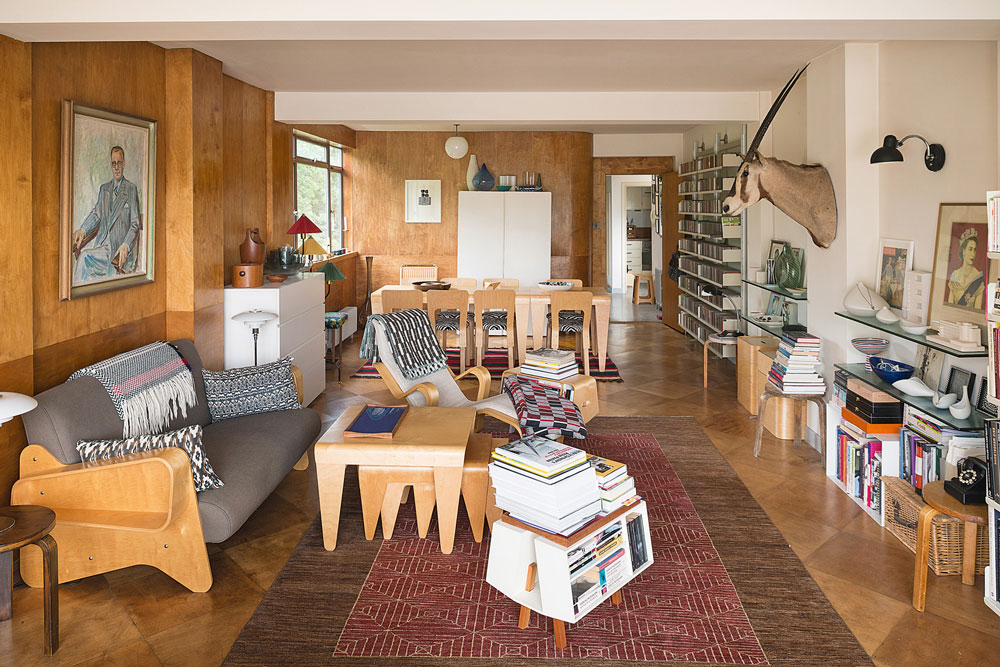
The Pritchards’ Penthouse flat, photographed in 2016, fittingly furnished with Isokon designs by Magnus Englund, co-author of the book.
Do you think it was the right move for Gropius et al to move to the United States? There was an exhibition of the Bauhaus in 1938 at the Museum of Modern Art but did the Bauhaus achieve the influence in the USA it could have achieved if the arists and designers had remained in the UK? Weren’t their beliefs in organic social structure and criticism of the greed of capitalism, going to have few adherents in bold and brash America?
Britain after the war was a poor and broken place in every sense, while the US was a global superpower. Corporate America was an important partner of art, design and architecture, with Breuer working for IBM, Gropius for PanAm and Mies for Seagram. Corporate partners had also been important while they were still in Germany, the Junker company in Dessau for example.
At the same time as the Isokon or Lawn Road Flats were progressing, Berthold Lubetkin was achieving considerable success. Were these different or complementary expressions of Modernist design?
Lubetkin’s Highpoint flats were much more luxurious, which is perhaps ironic as he was also a convinced Communist, while Wells Coates was more of a bon viveur. But both shared the view that modernism could change lives. ‘Nothing is too good for ordinary people’ Lubetkin once famously said.
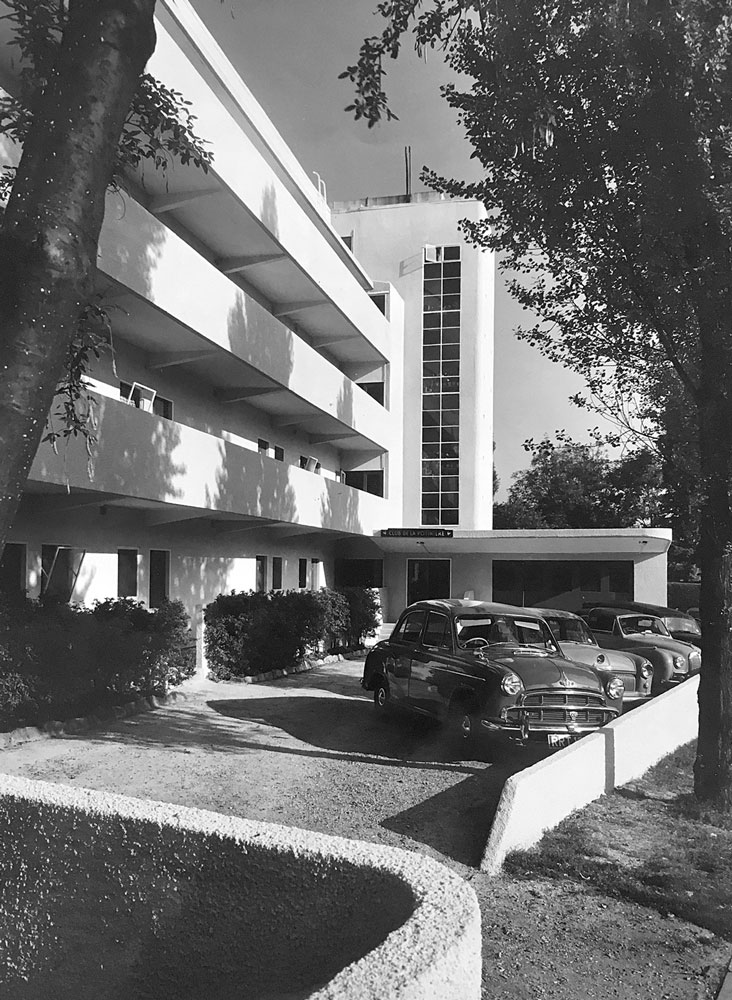
Residents’ cars parked outside the Lawn Road Flats, 1955. Image credit: Courtesy of University of East Anglia, Pritchard Papers
It has taken many years for the flats and furniture to be widely appreciated. Do you think the designs are now understood?
Not necessarily, for many Lawn Road Flats is just a typical ex-council concrete block with external balconies, lacking decorative elements. On the other hand, there are 600 people visiting the building for Open House every year, and the Isokon Gallery, which is about to open for the 2019 season, has had over 15,000 visitors since its launch in 2014.
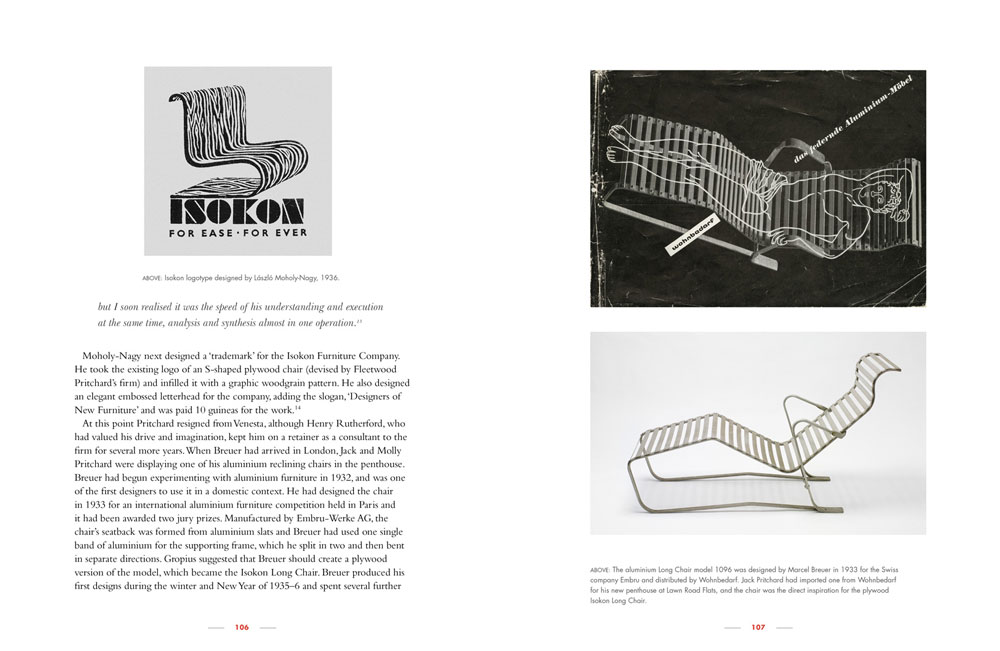
Isokon furniture. From Isokon and the Bauhaus in Britain photograph courtesy of Batsford Books, Magnus Englund and Leyla Daybelge
It is clear that your research has been meticulous and thorough; how long did the book take to write?
We spent about four years going through thousands of documents in several archives and interviewing many dozens of people. But the most important source has been the support of the Pritchard family, who granted us access to previously unseen documents, letters, photographs and cine films.
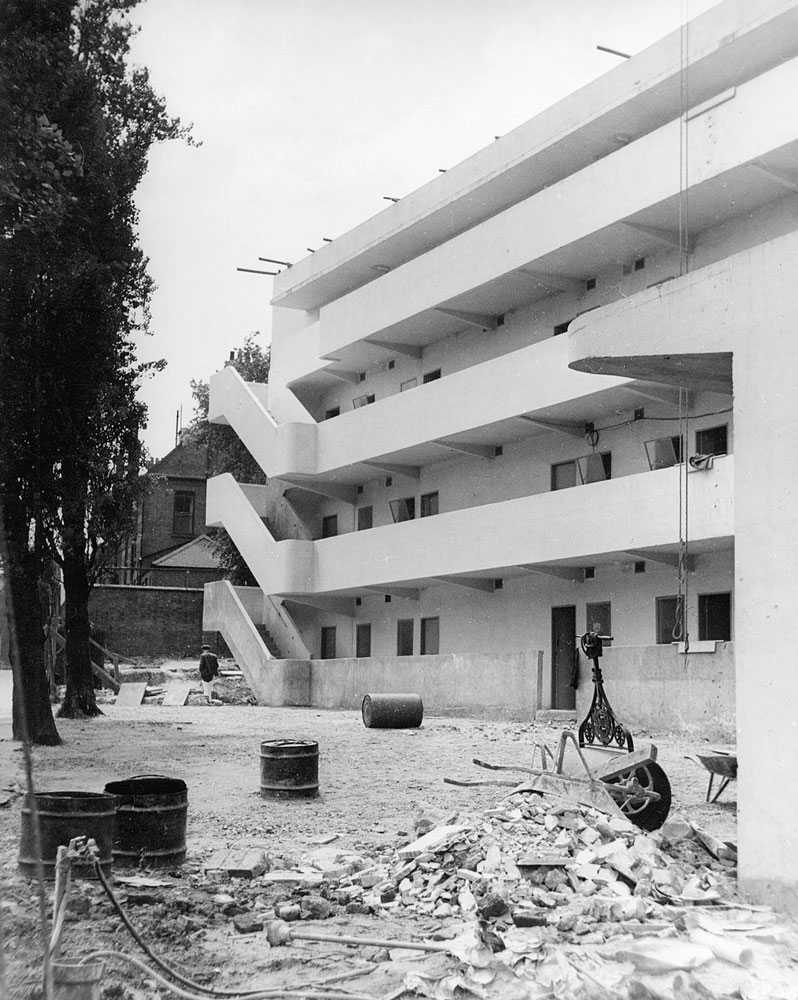
Image credit: Edith Tudor-Hart, courtesy of Wolf Suschitzky.
Pritchard commissioned Edith Tudor-Hart to photograph the construction of the Lawn Road Flats, 1934.
How did you divide the work between you?
Leyla wrote the text while Magnus edited, which worked very well. The initial text was 50% longer than what the book contains, and we had long discussions with the publisher on the photographic material, as we uncovered so much.
Did you ever quarrel?
Not once, but we often got lost going down rabbit holes containing subjects that probably would be terribly boring for anyone else.
All images are from Isokon and the Bauhaus in Britain and are featured by courtesy of the authors and are their copyright, save where stated otherwise.
Visit the Greyscape Map for the location of Lawn Road Flats and the Isokon Gallery
Isokon opened to the public July 9th 1934
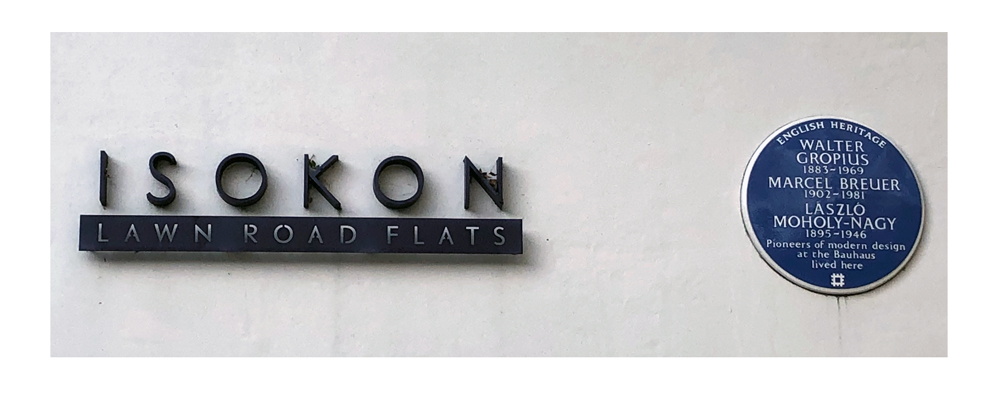
Isokon Building, Blue Plaque CC BY SA 4.0




